When U.S. President Donald Trump welcomed and applauded Russian President Vladimir Putin, a war criminal indicted by the International Criminal Court, on the red carpet at Joint Base Elmendorf-Richardson in Alaska on August 15, expectations were mixed. Initially declaring that he could end the war quickly, Trump subsequently admitted that the situation was more complicated and that the Alaska meeting would be focused on listening to Putin. Following the truncated summit and the meetings with Ukrainian President Volodymyr Zelenskyy and seven European leaders in the White House on August 18, it is not clear how much was actually accomplished or whether there is a realistic path to ending the Russia-Ukraine war.
Since his inauguration in January, Trump has pursued two tracks in negotiating with Russia: The first involves resetting relations with Russia and offering the prospect of lucrative trade and investment deals to the Russians to induce them to improve ties. The second involves seeking to end the war. Trump sees himself as a peacemaker and believes he should be a candidate for the Nobel Peace Prize. In the past eight months, the Trump administration has appeared to separate these two tracks, negotiating business deals and discussing improving diplomatic ties while sending Special Envoy Steven Witkoff to negotiate ending the war with Putin.
Putin arrived in Alaska with a business delegation, led by Kirill Dmitriev, head of Russia’s sovereign wealth fund, hoping to complete deals. Trump, who had previously dangled the prospect of Russia investing in Alaskan oil and joint Russian-American rare earth minerals exploration, brought along Commerce Secretary Howard Lutnick and Treasury Secretary Scott Bessent. Yet the meeting ended early—after three and a half hours rather than the six that had been announced—with no announcements on business deals. In Alaska, it appeared that the two tracks of Trump’s diplomacy were linked, and because there was no agreement on ending the war, the U.S. side declined to discuss economic incentives.
All summit, no gain
So, what did Alaska accomplish? The meeting ended early, and the leaders skipped the joint lunch, which the world learned details about from documents that were inadvertently left behind. The two leaders’ joint press conference lasted a total of nine minutes, with Putin speaking first. In his remarks, he went out of his way to flatter Trump. He recalled the U.S.-Soviet alliance during World War II, and agreed that, had Trump been president in 2022, Russia would not have invaded Ukraine: “Today, we hear President Trump saying: ‘If I had been president, there would have been no war.’ I believe it would have been so. I confirm this because President Trump and I have established a generally very good, businesslike and trustworthy contact. And I have every reason to believe that, as we move along this path, we can reach – and the sooner the better – the end of the conflict in Ukraine.”
For his part, Trump praised Putin, but he sounded more skeptical about the outcome of the talks: “There were many, many points that we agreed on, most of them, I would say, a couple of big ones that we have not quite gotten there, but we have made some headway. So, there’s no deal until there’s a deal.” The two leaders took no questions, and Putin told Trump on the way out, “Next year in Moscow.”
Trump emerged from the meeting saying that he had changed his mind about the necessity for a ceasefire to precede a peace agreement. He now said that they should go straight to a peace deal and that he would begin making calls to make that happen. For his part, Putin insisted that Ukraine recognize the incorporation of the Donbas, which Russia does not fully control, into Russia. Trump subsequently announced that a bilateral Putin-Zelenskyy meeting would take place shortly, followed by a tripartite Trump-Putin-Zelenskyy meeting.
The Kremlin, however, retorted that it was premature to talk about a Putin-Zelenskyy meeting, but there could be a meeting of lower-level Russian and Ukrainian officials. In other words, it is clear that Putin wants to continue fighting because he believes Russia can win the war, and he is using the vague promise of more talks to delay any real negotiations while Russia continues to bomb cities throughout Ukraine.
In sum, Trump may have come out of the summit believing that he had an agreement to negotiate to end the war, while Putin emerged confident that he can keep it going.
The coalition of the willing
Three days after the Alaska summit, Zelenskyy arrived in Washington backed by a coalition of key European leaders. They were hoping to prevent another Oval Office showdown similar to the one in late February when Trump and Vice President JD Vance publicly attacked the Ukrainian president, told him that he was ungrateful and had “no cards,” and ejected him from the White House. The Europeans were also intent on preventing Trump from forcing Zelenskyy to sign on to a peace deal with Russia that would impair Ukraine’s ability to survive as a sovereign, independent country able to make its own foreign policy choices.
Zelenskyy’s encounter with Trump went much better than his previous Oval Office meeting. Both leaders praised each other, and Zelenskyy reiterated his desire to see the war end, expressing gratitude for American assistance to Ukraine. The subsequent unprecedented meeting with the seven European leaders—European Commission President Ursula von der Leyen, British Prime Minister Keir Starmer, Finnish President Alexander Stubb, French President Emmanuel Macron, Italian Prime Minister Giorgia Meloni, German Chancellor Friedrich Merz, and NATO Secretary General Mark Rutte—focused not on how to end the war but on security guarantees once the war has ended. The Europeans were concerned to ensure that, were the war to end, Russia would be deterred from attacking Ukraine again. Although details were sparse, the White House meeting ended with a European commitment to provide some boots on the ground to enforce a peace settlement, an assertion that the United States would be involved in security guarantees, and that an “Article 5-type” guarantee would be given to Ukraine to deter a future Russian invasion.
During the White House meeting, Trump called Putin and followed up with another call when it had ended. Trump has said that the White House is arranging a bilateral meeting between Putin and Zelenskyy to be followed by a trilateral meeting between Trump, Putin, and Zelenskyy. However, the Kremlin has insisted that there should first be a meeting with lower-level officials. Putin is unlikely to assent to a meeting with Zelenskyy, whom he terms an illegitimate leader. Trump has also reiterated his claim that Ukraine started the war, and he said that Zelenskyy must make territorial concessions and could end the war now.
The murky road ahead
So where does that leave us today? Putin is adamant that Ukraine must cede the entire Donbas to Russia, including territory which Russia does not control, and which is strategically important for Ukraine. Trump has talked about the likelihood of “land swaps,” but Ukraine giving up territory to Russia is not a land swap. Zelenskyy has reiterated that Ukraine will not cede territory that it controls. So, there is no clarity on what a possible territorial solution that is acceptable to both warring parties could look like.
The issue of security guarantees and “Article 5-type” assurances is also vague. Putin has said there can be no soldiers from NATO countries on Ukrainian soil. It is unclear how the United States will participate in the security guarantees, possibly by air support. Some European countries are ready to deploy their troops as a reassurance force. The problem with Article 5-type guarantees is that Russia would have to believe that a future attack on Ukraine would be met with a declaration of war against Russia by NATO countries, even though Ukraine is not a NATO member. This represents an unprecedented challenge for European countries and for the future of deterrence. Moreover, Russian Foreign Minister Sergey Lavrov has reiterated the Kremlin’s demand that Russia and China be included in countries providing security guarantees to Ukraine, which could give Russia veto power over future Ukrainian choices.
For now, the outcome of the Alaska and White House summits is that the United States will push to accelerate negotiations to end the war, and the Europeans will continue to hammer out the specifics of their security guarantees for Ukraine. There is no indication that Putin has any interest in ending a war that he believes he is winning. He will only negotiate seriously when he believes that Russia cannot prevail.
The Brookings Institution is committed to quality, independence, and impact.
We are supported by a diverse array of funders. In line with our values and policies, each Brookings publication represents the sole views of its author(s).

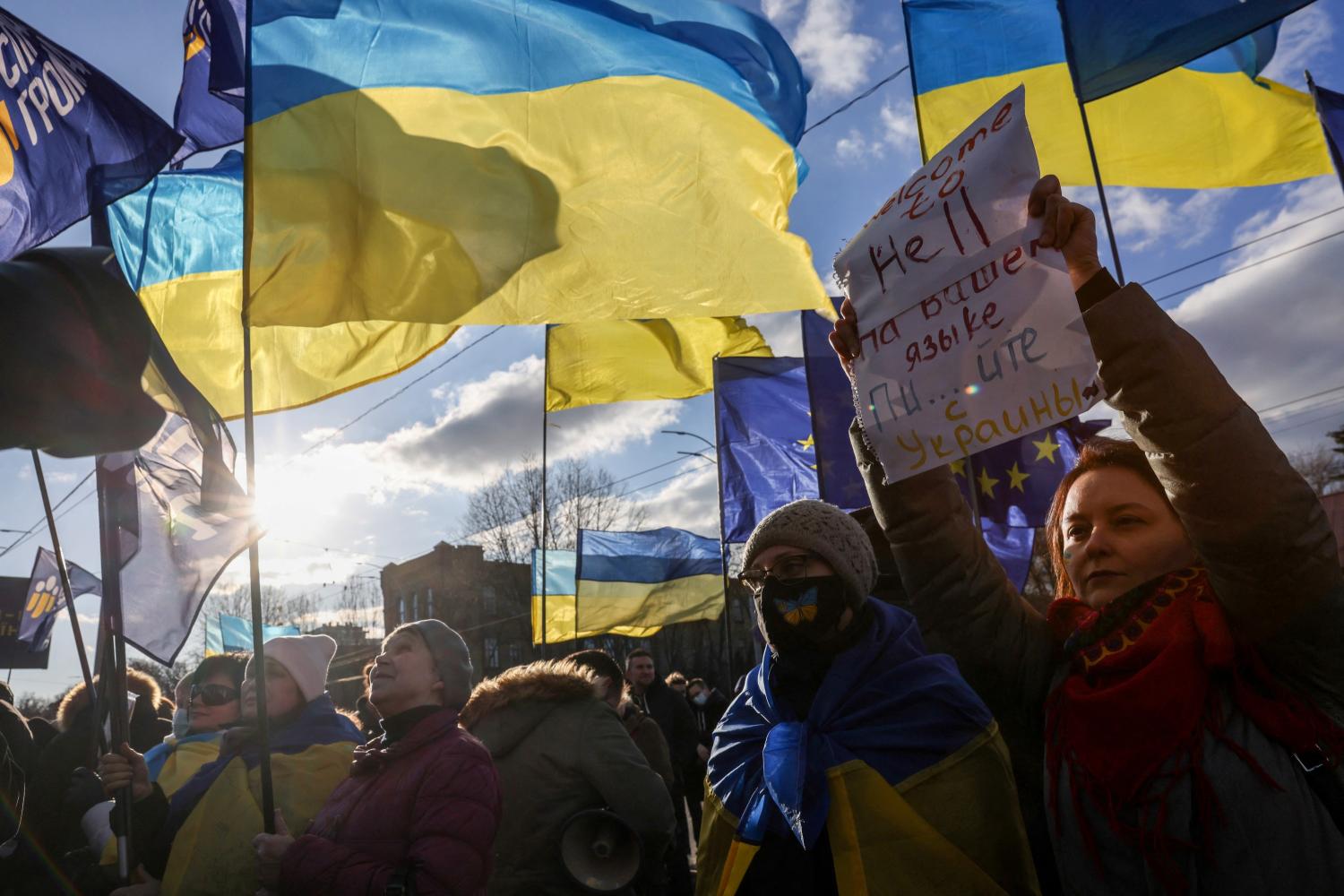
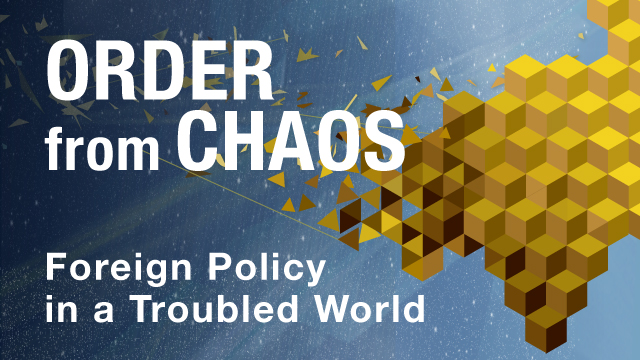
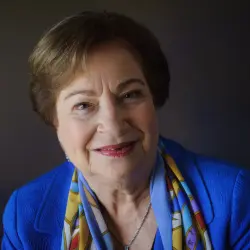
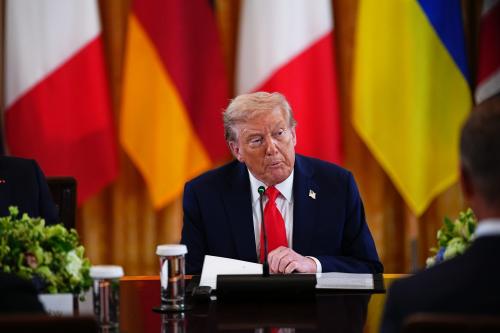
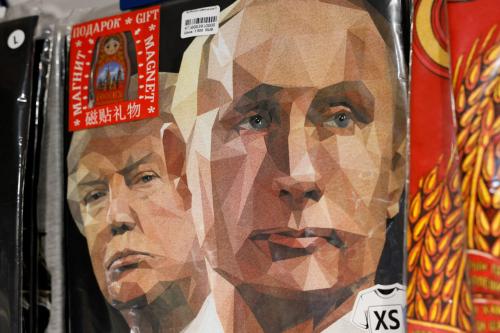
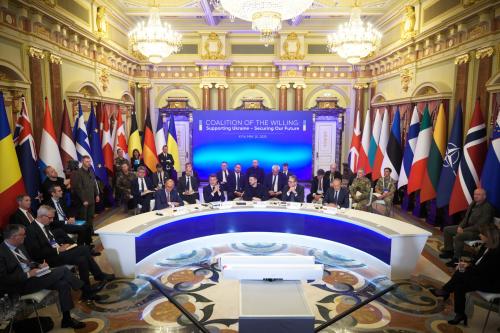
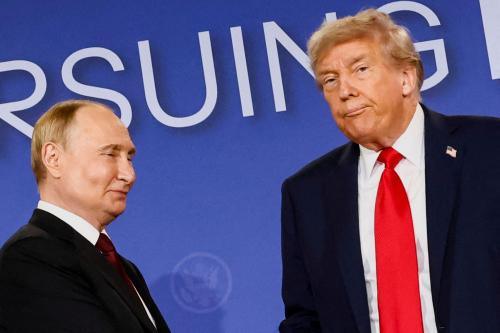
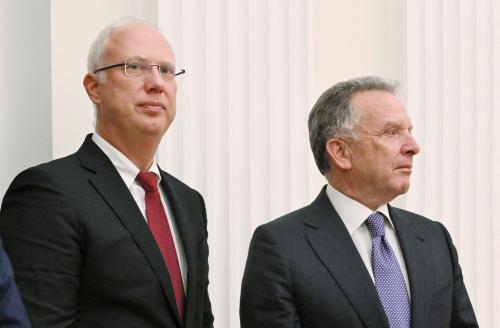
Commentary
Beyond the Alaska summit
August 21, 2025